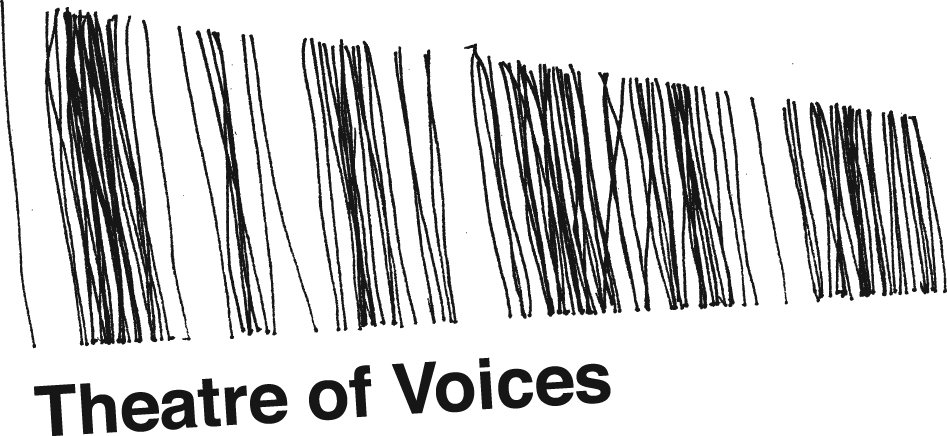East Neuk Festival
03.07.12, The Scotsman
“- a moving, seamless sequence of plainsong .. exquisitely sung and exotically underscored by Andrew Lawrence-King"
KENNETH WALTON
02.07.12, Herald Scotland
It's the venues, stupid – as many an East Neuk regular will tell you. The intimate churches of south-east Fife make for an atmosphere of up-close and careful listening that has become the major selling point of this festival. Along with the usual rostrum of Crail, Kilrenny, Cellardyke and St Monan's, this year the festival also used Dunino Church: a magical spot nestling inland above a wooded brook.
And then there was the potato barn at Cambo Estate. For most of the year it does what it says on the tin (it stores potatoes) but it scrubbed up smartly to host a double-bill featuring strings and brass of the Scottish Chamber Orchestra and, later, Paul Hillier's Theatre of Voices with harpist Andrew Lawrence-King. The week's incessant rain churned up a field of soggy mud and the barn's great metal doors clanged boisterously in the wind. But key concern was whether the acoustics would work. By and large they did.
They worked best for the singers: Theatre's four female voices soared with warmth and immediacy in a late-night programme of Hildegard von Bingen, the 12th-century Vogelweide and Richard the Lionheart (yes, that Lionheart).
The earlier concert had been patchier. Projections of Dresden bombers, lurid flames and sleeting rain laid on the programme's "fire and ice" theme thick; the bare bricks alone would have made a more striking backdrop. Sound-wise, the brass were overpowering in fanfares by MacMillan, Ruggles and Part, while in Shostakovich's Chamber Symphony the strings, led with zeal by violinist Alexander Janiczek, sounded gutsy but somehow distant. But there's great potential here; with a bit of fine-tuning Cambo Barn could be the large-capacity staple the festival has been looking for.
Next morning the venerable Leipzig String Quartet filled Cellardyke Church with a sound that's unmistakably them: its centre is dense, husky and huge, Matthias Moosdorf's cello as resonant as an entire orchestral section. This quartet plays with a conviction so deeply felt that they occasionally miss moments of humour and simplicity; they were most persuasive in the tumultuous outer movements of Mendelssohn's Quartet Op 44 No 2 and the brazen open-interval chords that open Beethoven's Opus 127.
Kate Molleson
